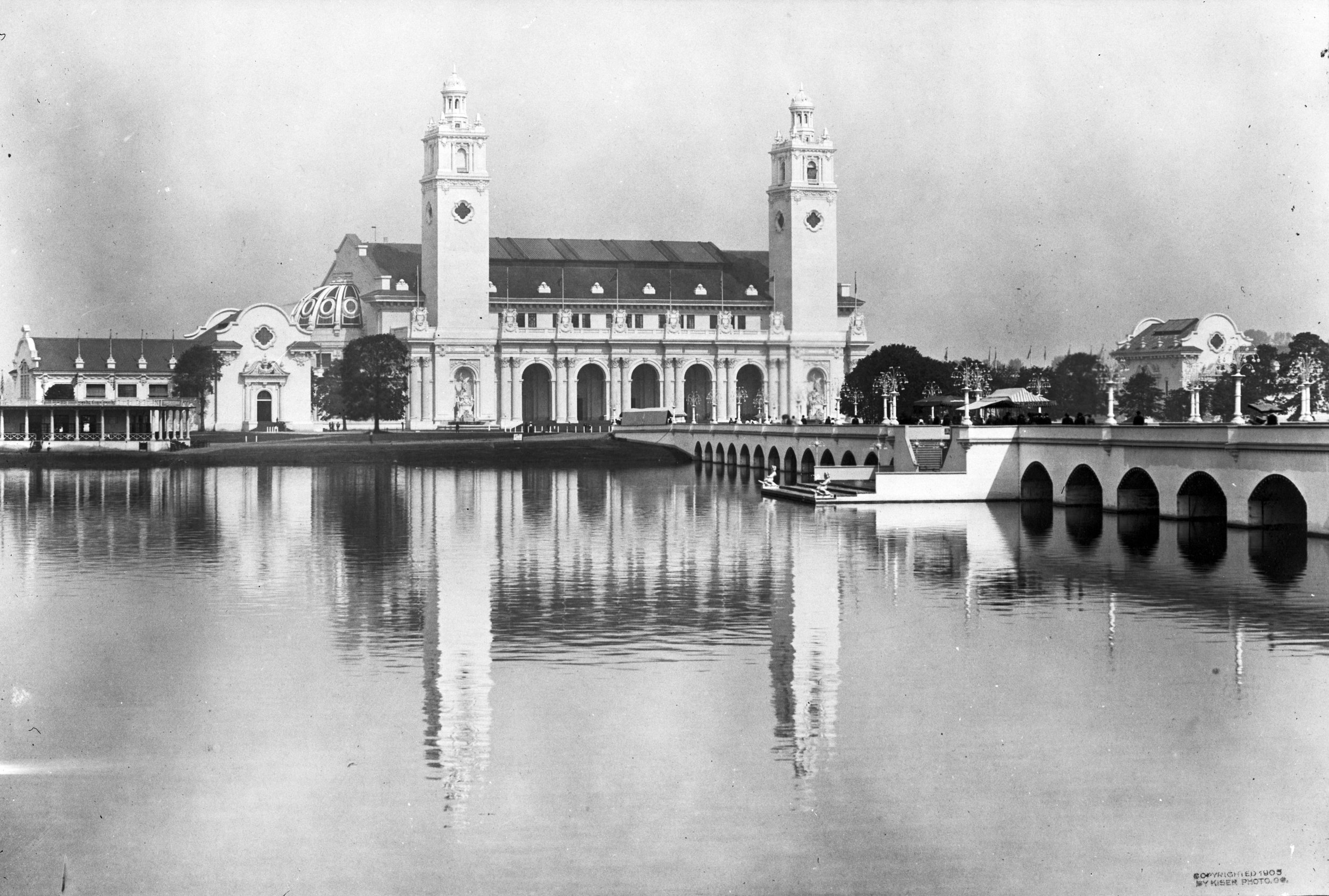A Brief History of Guild’s Lake
~ A foreword by Ken Unkeles
Experience Christy Nyboer’s creative journey inspired by one of Portland’s most transformed landscapes: Guild’s Lake—The Forgotten Lake. Populated by a colorful cast of old Portland characters, the destruction and re-creation of Guild’s Lake is a fascinating micro study of the greed, corruption and chutzpa that ushered in Portland’s modern era 100 years ago.
Portland’s first landfill was here, including a City owned crematory/incinerator, which helped create the holy trinity of sanitation issues: odor, disease and rat infestation. Predictably, residential neighbors loved it, and the City of Portland some 80 years after its closure, has still not cleaned up a significant area of residual contamination.
Balch Creek drains much of what is now Forest Park, just blocks uphill from NWMAW, starting from Skyline Boulevard. An early source of drinking water and naturally one of its first sewers, Balch Creek feeds directly into Guild’s Lake, which in turn, feeds directly into the Willamette River.
Balch Creek is named after Danford Balch, who with his wife, Mary Jane, acquired the rights to 346 acres just uphill in 1850. Regrettably, in 1858 Danny Balch murdered his son in law, and after hiding out for months in the woods of what is now Forest Park, was the first person to be hanged by the state of Oregon in 1859—coincidentally, the same year Oregon became a state.
The wetlands of Guild’s Lake, more swamp than lake during low tides and drought, became the site of the 1905 Lewis and Clark Exposition, the first World’s Fair on the West Coast, attracting 1.6 million visitors over just 4 1/2 summer months. This unprecedented event sparked a Portland population explosion. Between 1900 and 1910 the official census count went from 90,426 to 207,214, creating a tremendous demand for housing and industrial buildings.
Naturally, speculators rushed in to meet the demand. One of them a rapacious politician from Colorado, Lafayette Pence, started power washing the NW Hills with Balch Creek water to terrace the hillside in order to create buildable housing lots. He fashioned a 14 mile long system of wooden trough flumes to carry the sluiced earth down the hill into the lake where he hoped to get twice the bang for his buck by filling in the lake, creating industrial building lots.
Unfortunately for Pence, he ran afoul of the City power structure when the mayor and his commissioners realized this scheme threatened to destroy Macleay Park, and everything in it, including Balch Creek—an essential City drinking water / sewer resource.
Pence continued on for a year without permits before the mayor and his entourage finally marched up the hill and destroyed one of the flumes, halting Pence’s progress. He went bust shortly after, but within a year, more solvent interests from Seattle came in and finished the sluicing, creating the final layout of what is now the the NW Portland hills.
By the late 1920s, the soil washed down from the hill, combined with more than 20 million cubic yards of silt dredged from the Willamette, provided enough fill to make the “lake” in Guild’s Lake nothing more than an un-fishable memory.
Full tilt development of this new “found” land took an involuntary break as the great depression of the thirties washed over the country. By the early 1940s, thanks to the war effort and the presence of a booming steel industry, Portland’s Swan Island became a major ship building center; made possible by the river dredging that filled in Guild’s Lake.
Thousands of Southern workers migrated West to work in the ship yards creating tremendous demand for housing. This created another problem though, because the laws of Oregon’s White supremacist background prohibited Black People from actually living here.
Given what was at stake— survival of the free world— accommodations were made, and 2200 temporary housing units were slapped together ultimately housing 10,000 people of numerous racial backgrounds.This, along with the city of Vanport, was the only integrated housing allowed anywhere in the area.
After the war, in 1948, Vanport was destroyed by a flood after a Columbia River dike failed under suspicious circumstances, and Guild’s Lake became the only housing available for thousands of displaced Black workers. These housing units were torn down in the 1950s when Industrial business forces pushed public housing out of the neighborhood, and Guild’s Lake finally took the form of the Industrial Sanctuary it remains today.
Lewis & Clark Centennial Exposition located at Guild’s Lake in 1905.
